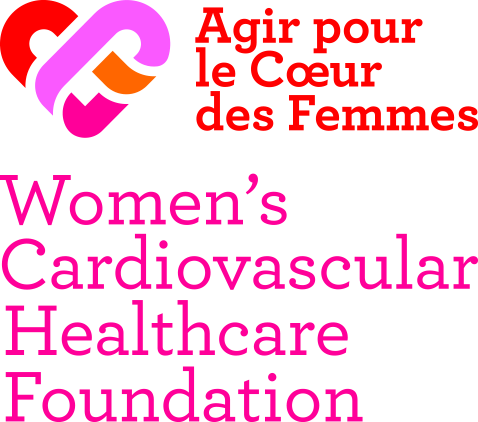
ANTICIPER
Nutrition
How to Eat Well to Live Well
Eating well means eating a varied, balanced, low-salt diet. It means eating some of everything but in the right amounts at the right time.

Fruit: whole, in a compote or salad, etc.
And water, whenever you want—it’s the only essential beverage! Ideally, it’s recommended that you eat five fruits and veggies per day, meaning at least 14 oz. for every meal. Eat them in all forms (cooked, raw, etc.) to benefit from their fiber and vitamin K. It’s important to limit your salt intake to just over one teaspoon per day because salt promotes weight gain and hypertension and aggravates osteoporosis. Watch out for hidden salt in cheese, cold cuts, preserves, pre-cooked meals and desserts. To add extra flavor in place of salt, opt for spices, garlic, onions, shallots and aromatic herbs. Finally, it’s recommended to limit alcohol consumption to no more than eight units per week and make sure there’s at least one day when you don’t partake. One unit = a glass of red wine (4 oz.) or beer (8.5 oz.). Avoid consuming cocktails since they’re high in sugar and contain hard liquor.
SEE ALSO
How to Protect Women from Stress and Broken Hearts
Stress
As COVID-19 reminded us, a disease has causes and effects that are biological, psychological and social. Many studies have shown that psychosocial factors are a significant factor in the progression of heart attacks in young women. Psychosocial stress ranks in third place among the risk factors for [...]
Why High Blood Pressure is a Silent Killer
High Blood Pressure
Constant high blood pressure tires the heart and seriously damages the artery walls, which can trigger cardiovascular events. High blood pressure greatly increases the risk of stroke, heart attack and peripheral artery disease, as well as vascular dementia and chronic kidney disease. Women with [...]
Why Women are More Exposed to Cardiovascular Risk Factors
Risk Factors
Certain risk factors are linked to higher risk of cardiovascular disease and a poorer prognosis for women than men. At the same age, women have more cardiovascular risk factors than men. More than 80% of women over 45 have at least two. Their risk of heart attack linked to hypertension, diabetes or a [...]




